 Thinking about festival locations or stages of musical performances one of the last things that come to mind is a church. In this respect one of the few exceptions is the Passionskirche in Berlin that was the venue of the second day of the DENOVALI SWINGFEST Berlin 2013. It was the first time this experimental music festival took place not only in Essen, Germany, but also in Berlin – and it will proceed in London on April 20th & 21st. And corresponding to the exceptional line-up the festival organizers have chosen two extraordinary venues: The Radialsystem V, a former water pump station in Friedrichshain, and the said neoromantic church in Kreuzberg.
Thinking about festival locations or stages of musical performances one of the last things that come to mind is a church. In this respect one of the few exceptions is the Passionskirche in Berlin that was the venue of the second day of the DENOVALI SWINGFEST Berlin 2013. It was the first time this experimental music festival took place not only in Essen, Germany, but also in Berlin – and it will proceed in London on April 20th & 21st. And corresponding to the exceptional line-up the festival organizers have chosen two extraordinary venues: The Radialsystem V, a former water pump station in Friedrichshain, and the said neoromantic church in Kreuzberg.
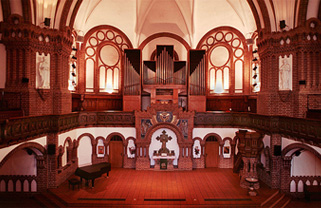
The Passionskirche in Berlin
As a proof of the success of this conceptual decision – but to our regret – the first day at Radialsystem V was sold out very early. So we and many other devotees of the Denovali label and its great artists didn’t have the chance to experience the performances of THE KILIMANJARO DARKJAZZ ENSEMBLE, the HIDDEN ORCHESTRA, the BERSARIN QUARTETT, and CARLOS CIPA. Nonetheless we were very happy to be part of the second day of the DENOVALI SWINGFEST at the Passionskirche.
Our exploring journey through the soundwise characteristics of this impressing building got started by sound artist Christoph Berg with his solo project FIELD ROTATION. Performing with piano, violin, and laptop, the Berlin based composer began his concert with the title track of his new album Fatalist: The Repetition Of History that was released in February this year. Slowly and cautiously the enormous interior of the church filled up with manipulated violin and piano sounds which were bathed by hypnotic field recordings of sea waves, transferring the vastness of the ocean into the space of the church, and plunging the audience into a magical mixture of natural soundscapes, acoustic instruments and electronica sounds. Later FIELD ROTATION also incorporated rhythmical elements, subdued electronic percussion sounds and clicks&cuts beats built up by digital sound bits, raising the dynamic of the floating soundscapes, and evoking fluctuating moods and emotions between melancholia and dreamy longing.
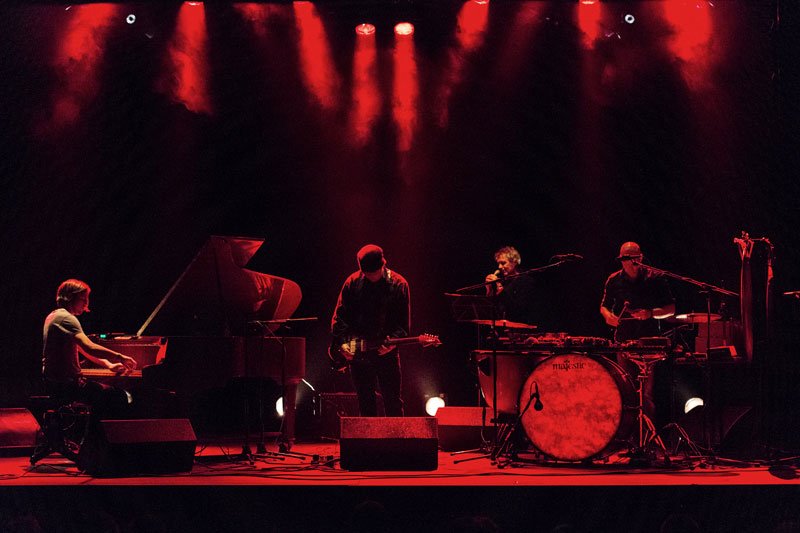
The Alvaret Ensemble
The second performance started with a loud and vigorous cymbal clash, chasing away at one blow the cautiousness which the building, its aura and cultural history enforced upon the audience, and which was musically utilised and reinforced by FIELD ROTATION. It was the great percussionist Sytze Pruiksma of the THE ALVARET ENSEMBLE, a new improvisatory collective that also includes well-known pianist Greg Haines, Romke Kleefstra on guitar and about ten effect devices, and spoken word artist Jan Kleefstra. The four artists performed a great concert by combining spontaneity and sophistication, creating dramaturgical lines from very fragile yet tense moments of silence and composure up to highly dramatic and powerful situations of neo-classical and jazz improvisation.
Next highly acclaimed multimedia artist THOMAS KOENER took over to perform a live version of tracks primarily from his album La Barca. Known as a master of creating vast and tense sound spaces, KOENER blew up and unsettled the internal space of the church, made it shimmering and wavering, and acoustically transformed the church into a huge rocking ship wandering through diverse scenes, may it be the tension of a wakeful night out on the open sea or roaring storms. KOENER confronted abstractness and concreteness by generating huge sonic entities that traversed the space-filling acoustic sceneries built up by thrilling field recordings, humming low-frequency meander, and static yet highly micro-dynamical sound layers. By doing so he enabled the listener to sound out very specific relationships of tension between distance and proximity, unpeopled spaces and the intimacy of voices, the large-size of sonorous objects and their immediate tangibility, and not least between the potency of shaped tones to evoke picturesque imaginations and the pure materiality of sound.
After this dark ambient mass the tonal atmosphere again diverts in another direction because of the only female artist of this festival day, POPPY ACKROYD, who brought back some brighter timbres and harmonies. As a member of THE HIDDEN ORCHESTRA the pianist and violinist also appeared at the Radialsystem V the day before. At the Passionskirche she performed together with composer and sound designer John Lemke who will release his first LP in July 2013 via Denovali Records. Together they presented tracks from POPPY ACKROYD‘s debut album Escapement that came out some months ago: Airy and dreamy tracks created by Ackroyd’s light-footed piano and violin playing supplemented with rhythmical elements which base on an extended use of the acoustic instruments, more precisely on hits, plucks, taps and scrapes made using hands, drumsticks, beaters and small cymbals on either the frame, strings or dampers of the piano. In this way a sensitive and atmospheric music originates that combines the aesthetic of neo-classical with elements of electronica.
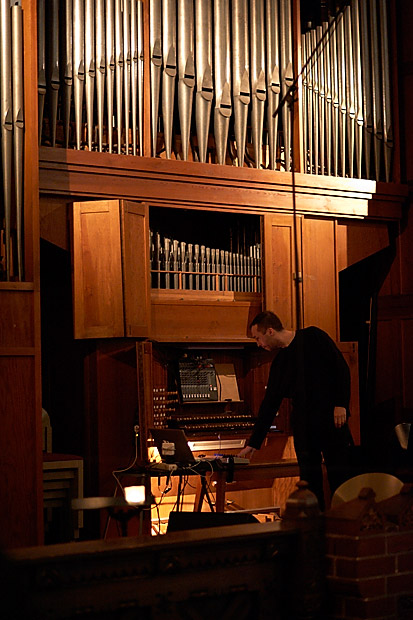
Photo by Marco MIcrobi
After dark TIM HECKER started his performance with angelically high and static but nearby painfully loud and sharping sounds which suddenly veered into darkened timbres and roaring low-end frequencies tearing a tremendous sonic crater into the ground from which a glowing drone blaze spitted up through the breaking church roof. For about one hour HECKER operated with this physical sound matter that he compounded of voluminous bell, piano, and organ sounds, intertwined layers of harsh textured yet warm noise, meandering drones, and immersive field recordings. And from all of this he produced vibrating sound sculptures with a sublime sense of sound dynamics, dramaturgical envelopment, and spatial distribution. The most interesting point of this concert was to experience when specific sounds crossed a certain threshold and expanded into a sensory region where they were no longer just heard but primary physical felt – as a force that made all the tangible matter vibrate, not only the floor, the pew, and our clothing, but also the skin, the bones and the body tissue. Beside artists such as BEN FROST, MIKA VAINIO, and STEPHAN O’MALLEY, TIM HECKER belongs to the few which really know to unfold and form this hyper-corporeal dimension of sound immersion that CTM festival director Jan Rohlf once called ‘invasive sound’.
Finally the festival day was brought to an ecstatic conclusion by electronic artist ULRICH SCHNAUSS who performed, inter alia, tracks from his latest album A Long Way To Fall. Mixing different genres such as ambient, shoegaze, and electronica, SCHNAUSS‘ concert was not only very synth-loaded and spheric but also intensely beat-drivin and impelled by trip hop and electro rhythms. Along with it his tracks were supplemented by the visuals of Russian media artist Nat Urazmetova who enlivened the church roof with screenings of abstract animations and manipulated camera recordings of the multiformity of nature and the interplay of lights at urban nights.
After the end of this festival day that was rich in variety, challenging as well as enjoyable in the best sense of the word, we were exhausted and full of auditive and visual impressions, hoping that this year’s festival was just the beginning of DENOVALI SWINGFEST‘s capture of Berlin.
Listen to the Denovali Swingfest 2013 London Sampler right here:
—
